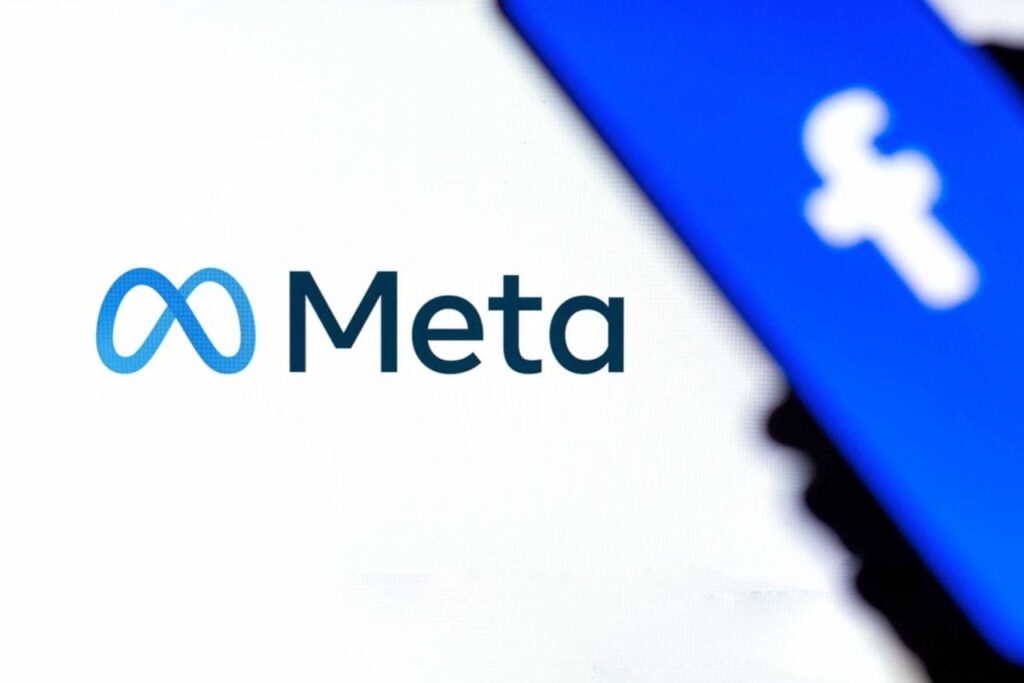Meta Platforms Inc. (NASDAQ: META) has become a focal point for investors this year, driven by advancements in artificial intelligence (AI) and rising engagement across its flagship platforms, Facebook and Instagram.
However, recent price volatility and intensifying regulatory scrutiny are causing investors to weigh the potential for further gains against the risk of near-term headwinds.
As of the market close on November 14, META is trading at $576, reflecting a 0.5% loss over the past 24 hours. Over the past week, the stock has dipped by more than 2%, raising questions about its potential for a near-term recovery.
Picks for you

META’s price action shows signs of divergence
Meta Platforms is experiencing a shift in its price trajectory, diverging from its previously strong bullish trend.
According to a recent analysis by TradingShot, META’s price has shifted sideways, breaking away from its strong “Channel Up” pattern.
This pattern had previously delivered over 95% gains in two major rallies over the past two years. The sideways movement mirrors earlier consolidation phases that often followed META’s major rallies, signaling a potential pause in upward momentum.

The one-day Relative Strength Index (RSI) further highlights a bearish divergence, signaling waning momentum for META.
Analysts suggest this technical setup could present an opportunity for investors to take profits, particularly for those who followed the buy recommendation in July, as analyzed by Finbold.
Potential re-entry opportunities
However, a new Diverging Channel Up pattern is forming, presenting two potential strategies for investors.
The first involves a pullback toward the 200-day moving average, which could provide a strategic buying opportunity with a target of $660.
Alternatively, if META breaks above the channel, it could confirm the two-year Channel Up trend, driving the stock toward its previous $800 target.
Trump’s presidency and implications for big tech
Trump’s return to the presidency carries significant implications for Big Tech, and Meta is no exception.
His relationship with social media platforms has been fraught, particularly after Facebook, Meta’s flagship platform, banned him for two years following the Capitol Hill incident in 2021.
Although Trump’s stance toward Meta has recently softened, hardline views on China and potential trade policies could directly impact Meta’s ad revenue from Chinese companies targeting Western audiences.
Interestingly, Trump, who previously signed an executive order aimed at banning TikTok, now opposes such a ban, as reported by Forbes.
Meanwhile, under a law signed by President Biden, ByteDance, TikTok’s Chinese parent company, is required to divest its stake by January 19 or face a ban, a deadline that falls just before Trump’s inauguration.
A U.S. ban on TikTok would have likely benefited Meta, which competes with ByteDance for ad revenue. However, with Trump returning to office, the prospect of such a ban now appears unlikely.
Regulatory pressures add uncertainty
Beyond market dynamics, Meta faces intensified regulatory scrutiny.
Recently, the European Union levied an €800 million fine against Meta for alleged “abusive practices” related to its Marketplace platform. This fine is part of a broader wave of regulatory challenges that Meta faces globally.
In the United States, the Federal Trade Commission (FTC) is advancing an antitrust case against Meta concerning its acquisitions of Instagram and WhatsApp.
The FTC alleges that Meta’s acquisition strategy stifles competition, and a potential court ruling against Meta could significantly impact its structure.
Although Trump’s administration might be less aggressive on tech regulation, the FTC lawsuit remains a looming threat that could dampen investor sentiment in the near term.
Meta’s AI ambitions fuel long-term potential
Despite regulatory and technical challenges, Wall Street analysts remain optimistic about META’s long-term prospects, driven by its robust AI initiatives.
During its Q3 earnings call, Zuckerberg highlighted that Meta AI now has over 500 million monthly active users.
AI-driven feed and video recommendations have increased time spent on Facebook by 8% and Instagram by 6% this year.
Additionally, more than a million advertisers leveraged Meta’s GenAI tools to create 15 million ads in September, resulting in a 7% rise in conversions for businesses using image generation.
Moreover, Meta’s Llama AI models and the anticipated rollout of Llama 4 further cement its position as a leader in AI innovation.
The company’s text-based platform, Threads, is also set to introduce ads in early 2025, another potential growth driver.
In summary, while Meta’s AI-driven growth and strong user engagement remain attractive, the stock’s current consolidation phase and external uncertainties suggest a balanced approach.
Taking profits now could safeguard recent gains, while a longer-term hold may capture additional upside as Meta continues to evolve in a challenging landscape.
Featured image via Shutterstock







